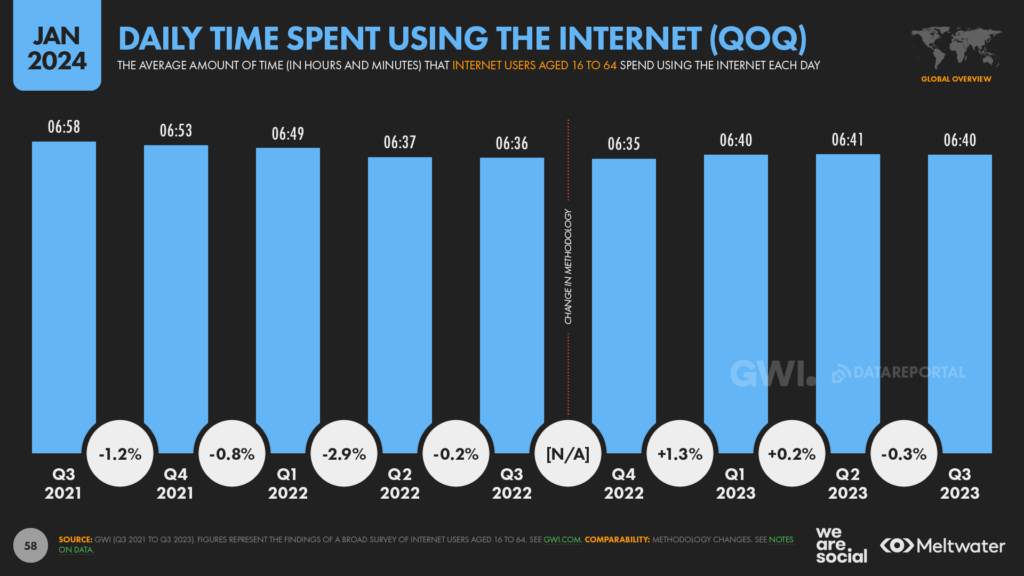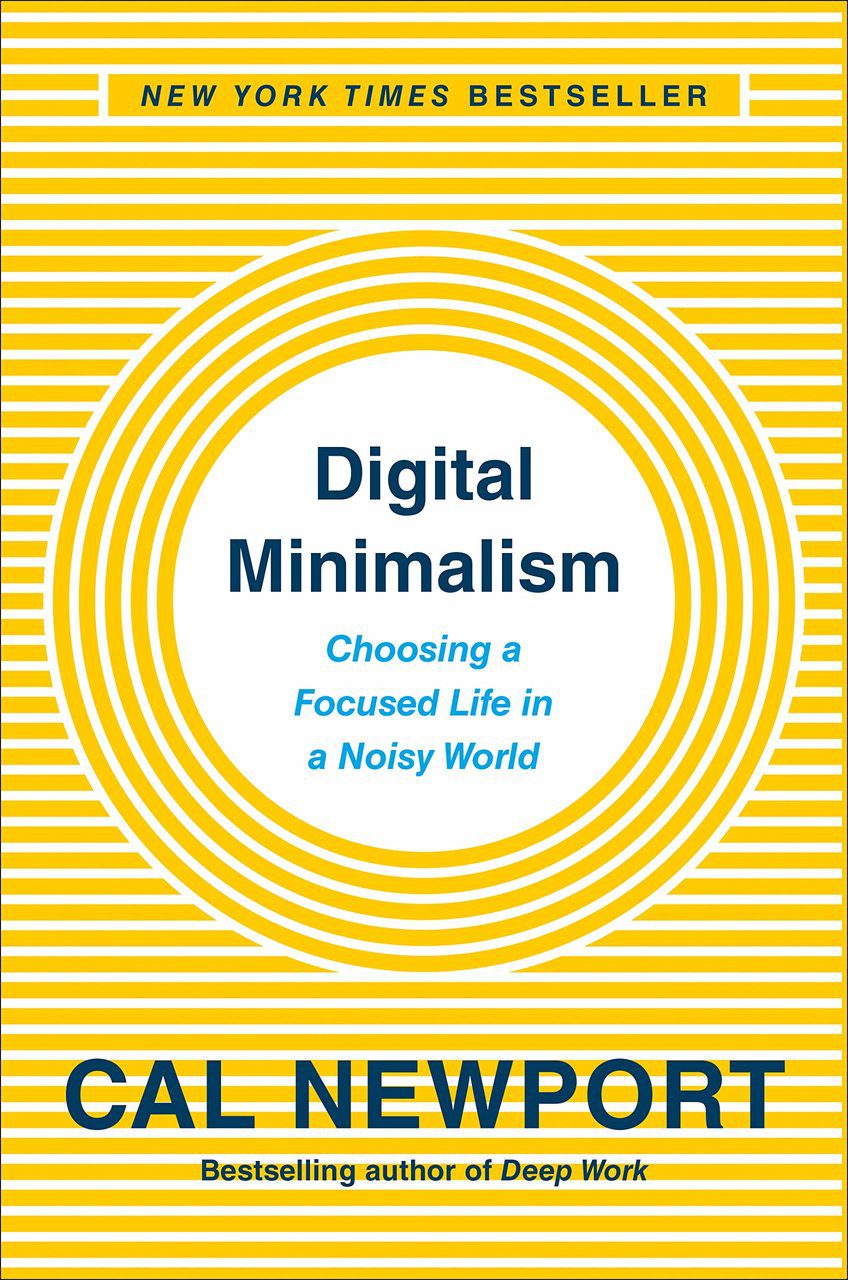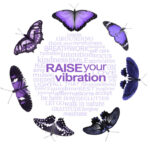We spend an average of 3 hours and 15 minutes on our smartphones, and the top 20% of smartphone users have daily screen time of over 4.5 hours. 1 With the average user spending 143 minutes daily, the world spends 720 billion minutes using social platforms. Over a full year, that adds up to more than 260 trillion minutes, or 500 million years of collective human time. 2 We spend at least 3-4 hours daily picking up our phones, using social media platforms, and interacting on instant messenger platforms, among other media. That means we spend at least 1/8th of our time daily surfing the internet; if you are going to be alive for 80 years, that would amount to close to 10 years of your short life spent surfing the internet.
90% of the data in the world today has been created in the last two years. Everyday, we create 2.5 quintillion bytes of data–so much that 90% of the data in the world today has been created in the last two years alone
Social media is one of the greatest innovations in the past three decades. But having said that, I also believe, like most technologies, are beginning to cause more harm than good. We are all in a collective digital slumber, busy scrolling through our timelines, as educator Neil Postman noted in his 1985 book “amusing ourselves to Death.” The quest for virality and validation is so seductive that it takes a lot of self-discipline not to fall into the trap of spending an enormous amount of time on these platforms.
At an average of 400 minutes per user, per day, the world will spend a combined total of 780 trillion minutes using this internet this year, which equates to almost 1.5 billion years of collective human existence.

The algorithms are so powerful that our natural willpower cannot win the battle with the machines. This is one of the toughest situations of our time, with inherent societal and mental health consequences. The allure of marketing ourselves and our brand(s) makes these platforms very appealing. We spend a large chunk of our limited time on these platforms. An average human will spend at least 30% of their life sleeping and another 30% working; that is almost 2/3rd of a lifetime. If you add social media, TV, entertainment, and internet-related activity to the mix, we have little or no time left to find our purpose in life.
Tell me, what is it you plan to do. With your one wild and precious life? – Mary Oliver, Summer Day

Schedule in advance the time you spend on low-quality leisure. 3
A major obstacle in attempting to shift your social life from connection back to conversation is the degree to which text communication—be it delivered through SMS, iMessage, Facebook Messenger, or WhatsApp—now pervades the very definition of friendship. Author of Reclaiming Conversation: The Power of Talk in a Digital Age, Sherry Turkle, who has been studying phone use since the beginning of the smartphone era, describes this reality as follows:
Phones have become woven into a fraught sense of obligation in friendship. . . . Being a friend means being “on call”—tethered to your phone, ready to be attentive, online.
That is, work out the specific time periods during which you’ll indulge in web surfing, social media checking, and entertainment streaming. When you get to these periods, anything goes. If you want to binge-watch Netflix while live-streaming yourself browsing Twitter: go for it. But outside these periods, stay offline. The key to becoming a consistent Digital Minimalist is to experiment and determine what works for you and constantly learn and unlearn. For Example, you could uninstall all apps from your phone and only check them from your desktop or your laptop, you need to take it easy on yourself as social media has become a large part of our lives.
The idea that it’s valuable to maintain vast numbers of weak-tie social connections is largely an invention of the past decade or so—the detritus of overexuberant network scientists spilling inappropriately into the social sphere. Humans have maintained rich and fulfilling social lives for our entire history without needing the ability to send a few bits of information each month to people we knew briefly during high school. Nothing about your life will notably diminish when you return to this steady state.
Meditations
Daily Calm with Tamara Levitt – Shempa: Habitual Reactivity
Whenever we are triggered by something, we easily slip into habitual reactions. We often don’t notice that its happening, we are unable to catch ourselves because of our deeply rooted responses. Shempa is the sticky quality of a thing, the trigger, a sudden reactivity to something outside of you that registers an unresolved conflict, limiting belief or a recollection of an unprocessed trauma within you.
Shempa are those things that hook us, they are not our thoughts, they are more like the charge behind our emotions, it is like that sticky feeling that we experience when triggered, we feel a tightening or tensing up or an inclination to close down. Whatever your habitual reaction to discomfort is, that is your Shempa. Shempa is also sometimes referred to as an urge because we often seek relief from unease by turning to food or alcohol, shopping or whatever our go-to comfort is.
It is like an itch that we can’t stop scratching, even though we know the scratching will make it worse. It is what we know, so we keep returning to what is familiar. We are hoping for Prajñā, a clear seeing of what is happening. This clear seeing allows us to observe what is happening almost as a witness. It helps us acknowledge our urge by acting on it. One of the gifts of mindfulness is that it offers us the choice to respond to our triggers healthily rather than unconsciously reacting to them.
Let difficulty transform you. And it will. In my experience, we just need help in learning how not to run away.”― Pema Chödrön, Practicing Peace in Times of War
Daily Jay with Jay Shetty – Power of the Senses
Whether touch or smell, sight or sound, when we activate the power of the senses, they can trigger a positive physiological response. No matter where we are or what we are doing, there is invariably some way to constructively shift our surroundings and leverage our senses in a way that ameliorates our state of body and mind. Sight, smell, sound, and touch are powerful tools at our disposal, and they can help to give us a boost when we feel a bit off. In the regular flow of your daily life, you can consciously create an environment that is conducive to feeling good. A small change to your space can greatly impact your state.
Daily Trip with Jeff Warren – Thanks for No Reason
What we pay attention to becomes our whole life.
Podcast
- Debating Therapy Culture & Gen Z – Abigail Shrier | Chris Williamson Podcast
All the best in your quest to get better. Don’t Settle: Live with Passion



Comments are closed.